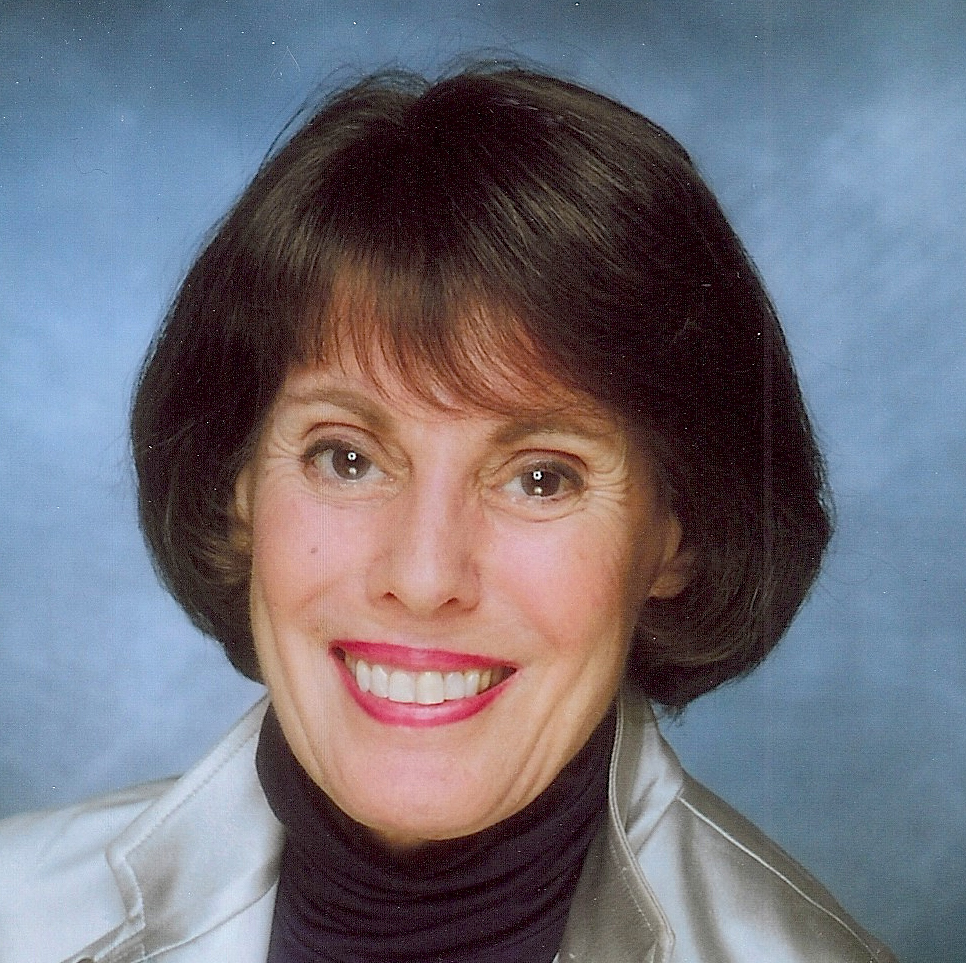
Person of the Week
Marylen Mann
Founder of a National Nonprofit OASIS -- for people 50+ to enrich their lives as they age
It was Easter and the seventies. Seniors were being instructed to glue bunnies on placemats. I thought, “This is not the way to grow old.” I knew I could enhance the lives of people who were aging. And I did… through lifelong learning, healthy living, and social engagement.
1. What led you to the mission of being the founder of a national nonprofit OASIS?
In the seventies, I was made aware of senior centers run by the U.S. Department of Aging and funneling down to the local area on aging. What I saw distressed me. I saw seniors were spending time doing things that were condescending and depressing. I saw people watching television, playing Bingo, and doing crafts. It was Easter and seniors were being instructed to glue bunnies on placemats. I thought, “This is not the way to grow old.” People seemed lacking in energy. This was the place to come because they had no other place to go.
I started exploring what was available at that time. I looked at 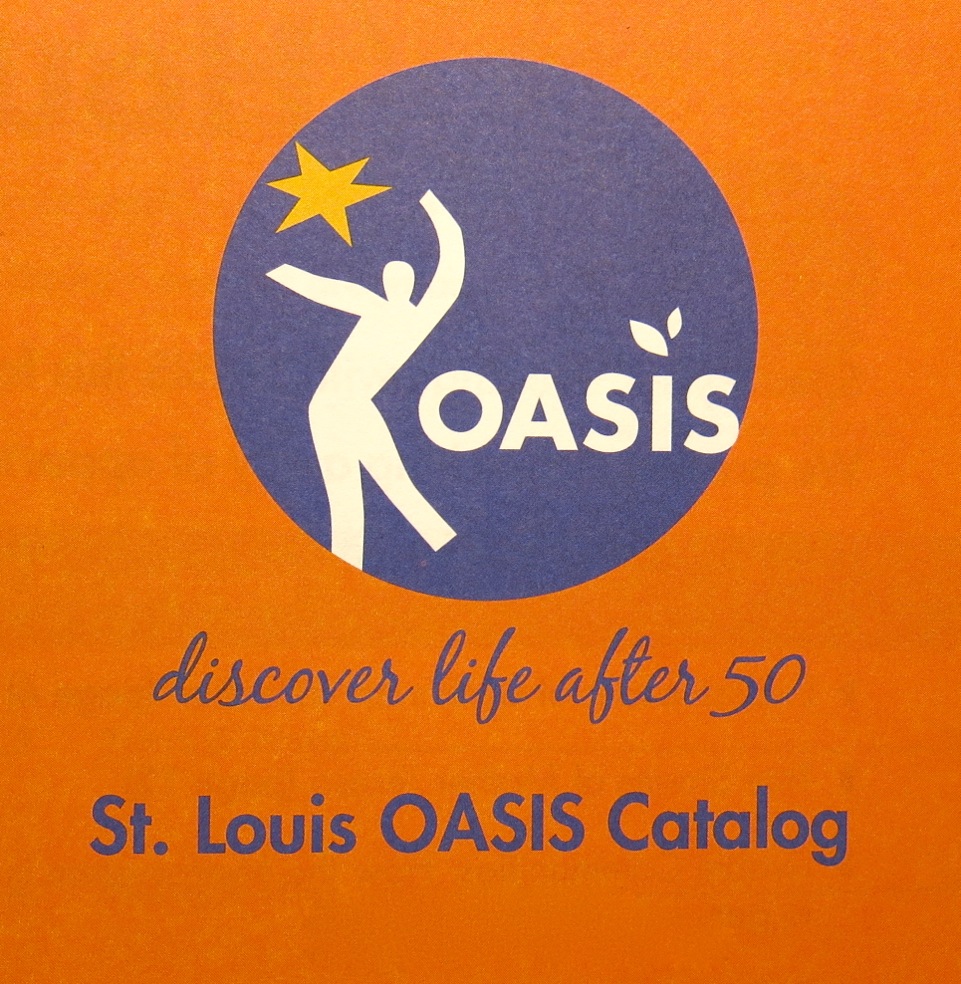 the demographics. What I found is that there was very little for seniors. There were the senior centers where people could come and get a free hot lunch or some social security advice, but the activities were at such a low level. Seeing them depressed me.
the demographics. What I found is that there was very little for seniors. There were the senior centers where people could come and get a free hot lunch or some social security advice, but the activities were at such a low level. Seeing them depressed me.
Education is so important to me. I feel it is so enriching and opens the world. But there just wasn’t anything. There were no college classes for seniors. That troubled me. It not only hurt my heart, but also made me realize this was a new frontier. Making changes in this system was a way to use my education and curriculum development skills. I knew I could enhance the lives of people who were aging. (Note: Click here to see the organization Marylen started as a result of her vision on education and aging — OASIS St. Louis.)
2. What does this mission mean to you?
I am amazed at what seemed so obvious to me – a no brainer – to develop a large national organization to promote successful aging through lifelong learning, healthy living, and social engagement. Yes, I did have the original idea, but the progress has not been just due to me. It’s also due to the people who have worked hard to grow the organization. It touches me that people in forty-three cities and hundreds of thousands of people have enjoyed the classes and the opportunity to express 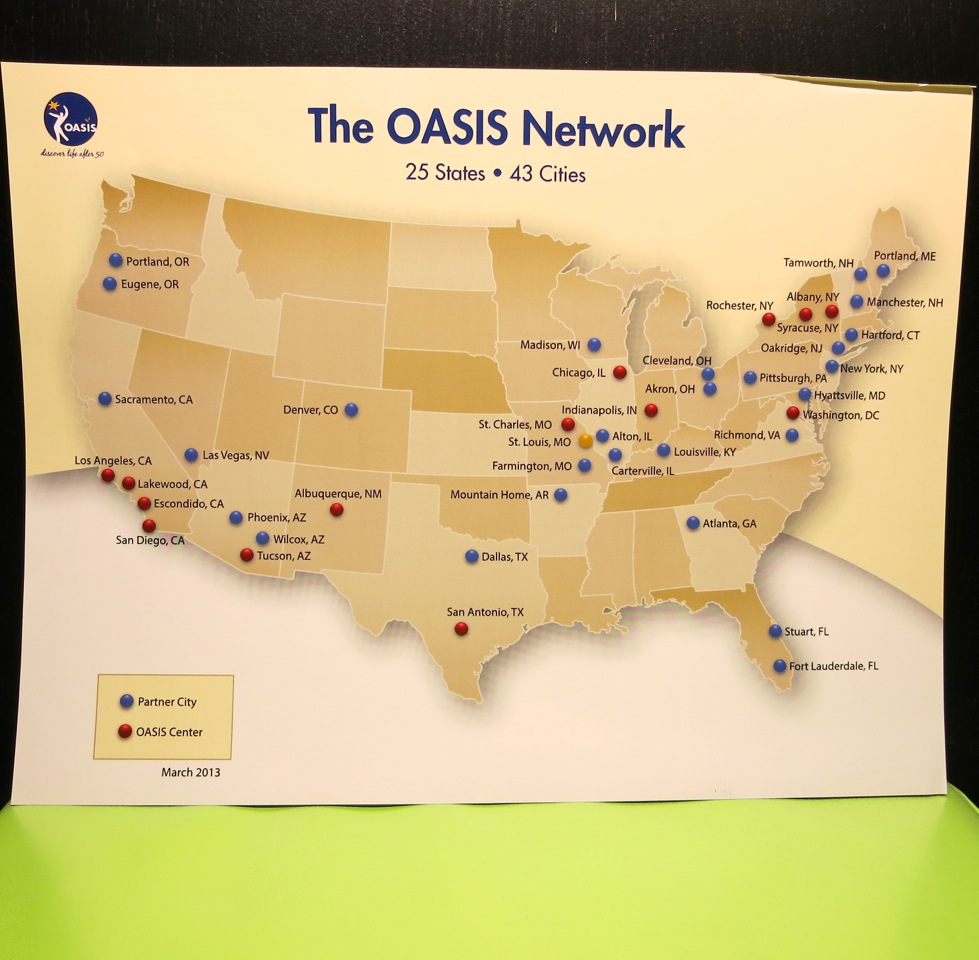 themselves creatively. They feel the satisfaction of participating in programs in which they are doing things like taking charge of their own health or helping young people have the opportunity to succeed. All this really satisfies me and touches my heart.
themselves creatively. They feel the satisfaction of participating in programs in which they are doing things like taking charge of their own health or helping young people have the opportunity to succeed. All this really satisfies me and touches my heart.
It amazes me that we are still the only organization of our kind in the United States. There is no other organization in the world that does all of these things – that provides the educational opportunities, the technology training, the health promotion, and the volunteerism.
Another great day was when the U.S. Commissioner on Aging contacted me and asked me if I would go to the U.N. Conference on Economics and Aging in León, Spain. There were many countries represented – every European country including the small countries broken out of the Soviet Union. The American flag was behind me and I stood up and spoke to people from all over the world. I was speaking of the OASIS St. Louis program as the best the United States had to offer. Being there, representing the United States, and telling a good part of the world about OASIS was an incredible experience. I thought how in 1982 we had developed a program that was now being shown as an example of the very best practices in the world.
3. What was your best day as the founder of a national nonprofit?
We decided to have a fifteenth anniversary celebration of the tutoring program. We invited the tutors, superintendents, and school coordinators to come for breakfast. They did. I got up that morning and opened up the St. Louis Post Dispatch newspaper. There in the paper was an editorial about the tutoring program.
We went down to the venue and school buses were driving up from every district. There were over a thousand people. They were sitting at tables from their school districts. As we mentioned the school districts, they were cheering.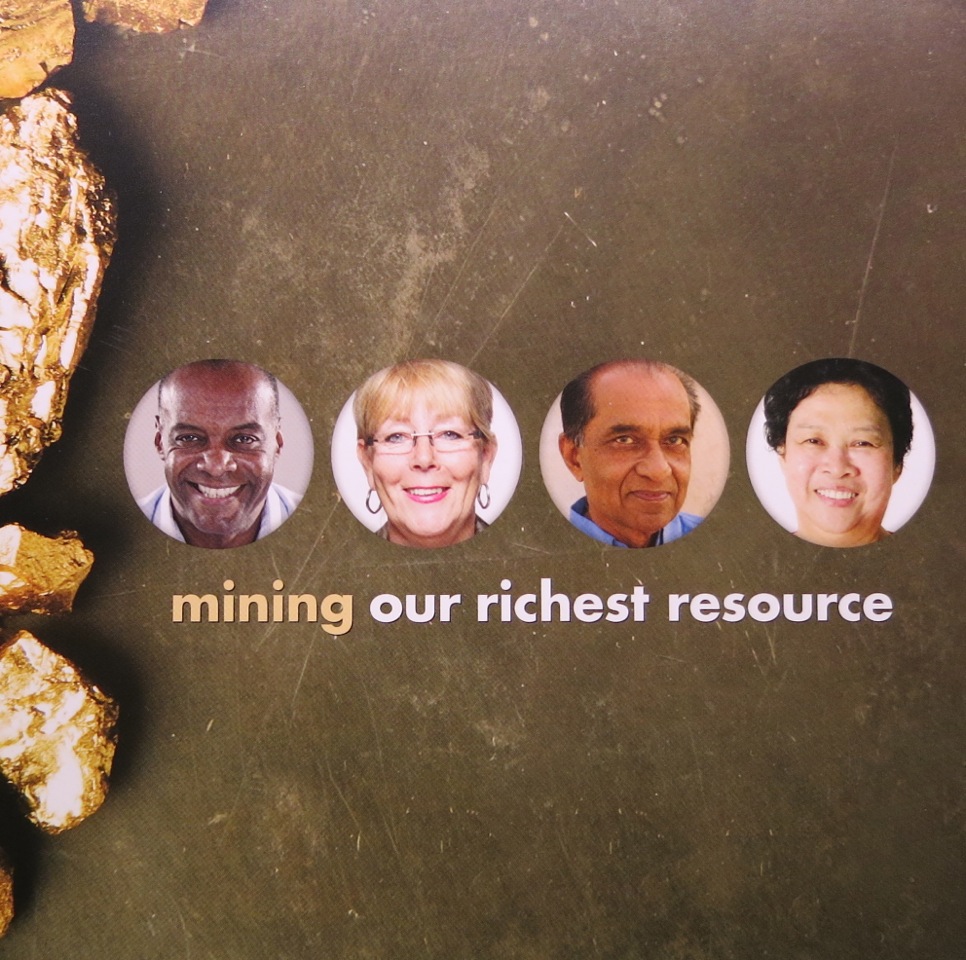
I looked out and saw how enthusiastic all the people were, and what it meant to their lives. The schools respected the tutoring program so much they took time off from their day to come in and celebrate. It said to me, “This really makes a difference!” I stood on that stage and I was all choked up. This experience was great – to first see the editorial and then to see all those people at the breakfast!
I remember how hard it was to get funding at first. The schools were reluctant to have seniors come into their buildings. Of course! There is nothing worse for teachers than to imagine someone coming into their class and not knowing what to do. Other people felt the older people would not come or stick to their job. So, it was not easy to get started. It was not easy to get the funding. But that’s not what happened. The tutors did a great job. The program was a success and we were able to sustain the funding.
Jerry Loeb the President of May Company a chief funder at the time, sat next to me on the stage. He said, “Who are these people. Where did they come from?” The man sitting next to him said, “This is what Marylen has been telling you about.” Jerry said, “I can’t believe it!” He was a tough guy with a wonderful heart. He educated people not to just be “do-gooders”, but have substance to their work. Jerry said, “This program does amazing work. I’m proud.”
4. What was your worst day as the founder of a national nonprofit?
My worst day was early on. I was researching what was available for seniors. There was an opportunity to use this information to get funding that would support these new and better programs for education, arts, and humanities. I spent a lot of time and effort thinking about programs and how they could be delivered. I thought about where I would get teachers. I studied how the program would be financed and how much money it would cost. There was a great deal of time doing all this work. I worked and planned with directors at senior 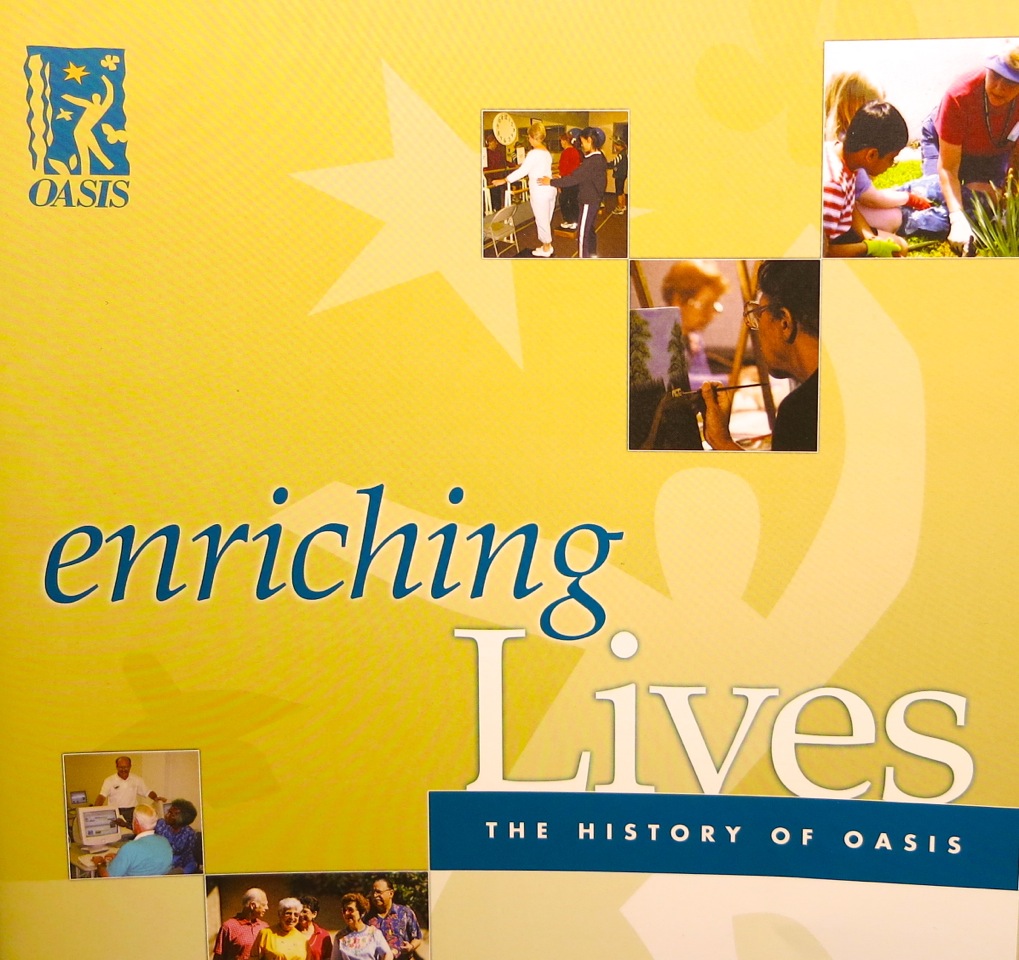 centers all over the city. I even went out of town to a conference and paid for it myself. It was a great conference about working with seniors and doing poetry.
centers all over the city. I even went out of town to a conference and paid for it myself. It was a great conference about working with seniors and doing poetry.
After all that work and planning, I wasn’t able to get the funding I had hoped for. But I didn’t give up. I wouldn’t let go of the initial idea of education for seniors. I discovered that there were other ways to get started. I shared my ideas with a different agency and was able to acquire a little bit of money – a very small amount of only $8000. I promised to do programs four times a year in forty-eight centers in a four county area. I knew it was a good program and I wanted to do it. I didn’t let that initial disappointment in funding stop me. I thought, “I will find a way to do this!” And I did!
5. How did you survive your worst day?
I fell in love with my ideas. I thought, “This makes sense. There is a need. It will help these people. I know it’s going to make their lives better.” I didn’t give up.
Many years later my mother was brain damaged and paralyzed. My father was spending all his time taking care of her. My husband had cancer and was dying. My son pointed out that in these situations I was helpless. I had to pour my energy into OASIS – a place I could make a difference. At the time I didn’t realize all this, but it was my late son’s interpretation that 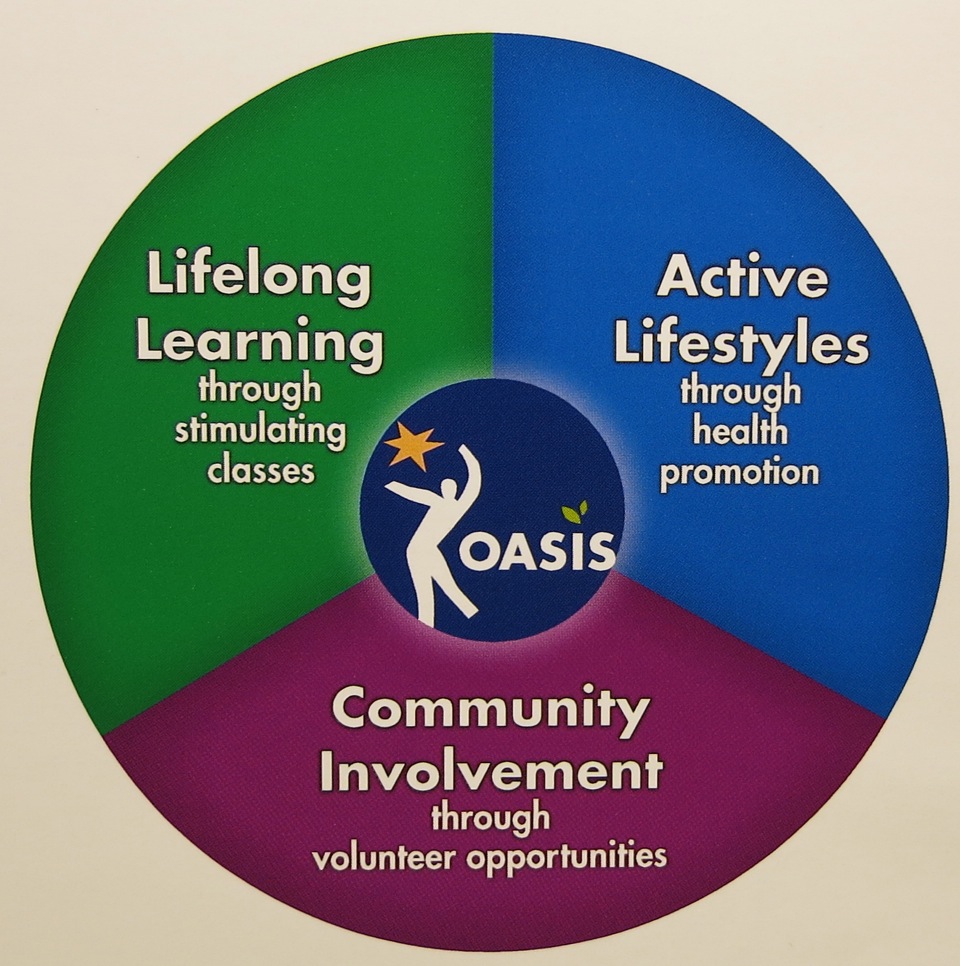 helped me understand why I was so driven. I knew it was a good idea and I knew I had to do it.
helped me understand why I was so driven. I knew it was a good idea and I knew I had to do it.
I think you have to persevere. There is no one path to a goal. I don’t know of anyone who has an easy ride. There are always obstacles. There are people who say tragedies and hard times make you stronger. I’m not sure that is true. But I know that every time you overcome an obstacle, you build your belief and your ability to overcome another obstacle. Each time you have a success, it builds your belief that you can continue. We’ve had roadblocks – many of them. Many disappointments. Many times being told, “Well you just can’t do that work.” But we continued to believe that people could improve their health within a supportive community. We thought that through this community they could better reach their health goals.
Let me give you an example. Doctors said that people over 55 or 60 do not change health behaviors. Doctors said, “You can’t do it. You can’t change behaviors.” They told us if a patient came in with diabetes, they would be given a diet and sent home alone to change their behaviors. Well, most of the time that wasn’t happening — they weren’t making healthy changes.
What we knew is that if you get people in a group, they have the same problem, they set up their goals together, they have the opportunity to support each other, and you give them opportunities on how to reach those goals, they will better be able to reach those goals. So we set up a variety of ways for people to reach their goals such as exercise: walking at the zoo, aerobics, or a variety of other exercise programs. It worked! They supported each other. But back in 1981, the medical model was the only one. There was no room for community based health interventions. We were really ahead of the curve.
I think about all the times I had to overcome roadblocks. That first one of not getting funding was a big one. But I don’t believe in monetary goals. Making money is fine, but the real satisfaction in life is reaching beyond yourself and helping other people – making the world better in whatever little way you can.
- « Previous person: Frank Blair
- » Next person: Margie Hamlin